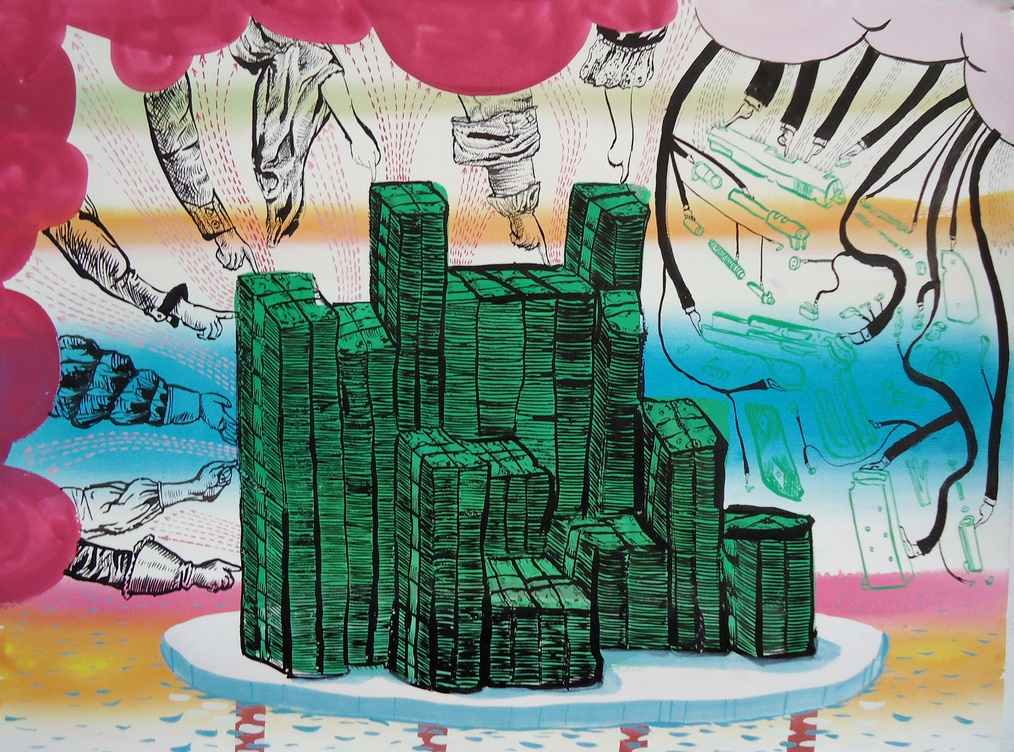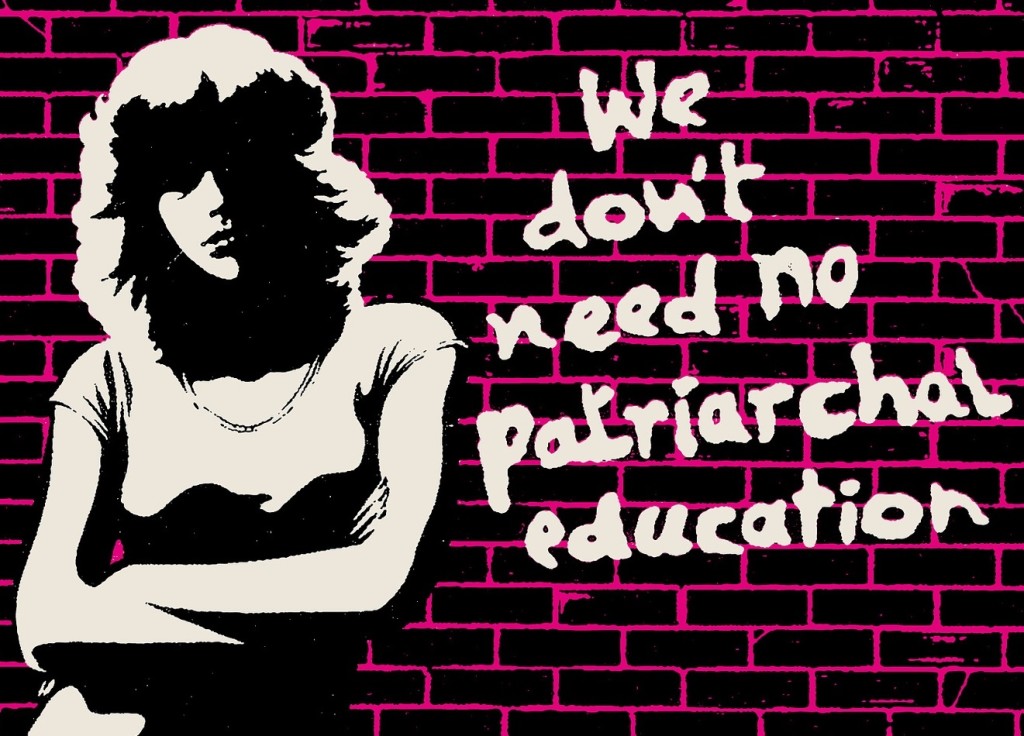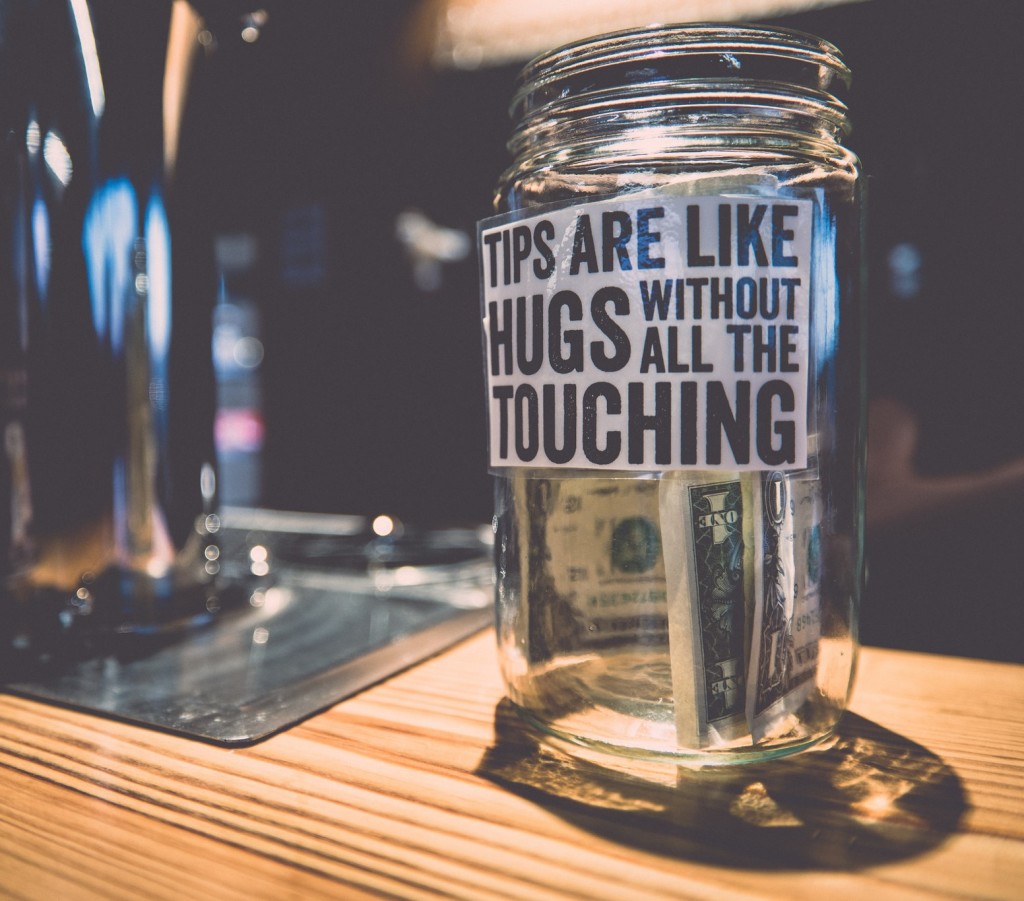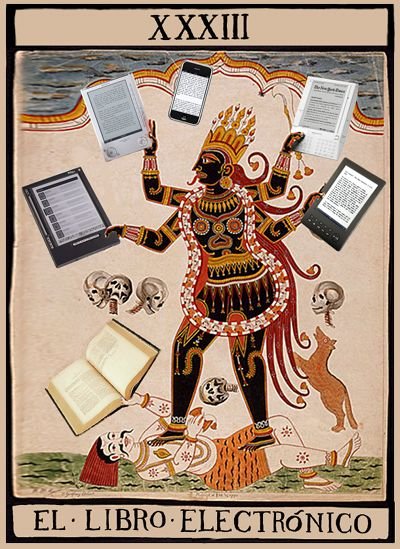
How to fund online journalism? For the most part, the conversation has focused on advertising. Hampton Stephens, founder of the self-sustaining World Politics Review, finds this puzzling. He cautions websites backed by venture capital, like BuzzFeed and Vox:
“The lesson that most media startups seem to have taken from the evisceration of advertising-supported journalism over the past two decades is that more innovation is needed… in advertising. […] To ensure the kind of ‘accountability journalism’ that is critical for any democracy to flourish, well-funded new media players must experiment with models other than advertising.”
Apparently everyone wants to copy the free metropolitan weeklies stuffed with “medical” marijuana enthusiasts. (No offense meant, East Bay Express.) A few high-end legacy newspapers—and premium newcomers like Stephens’ World Politics Review—have made subscription systems work, but only up to a point. The signups are slowing down. So… that’s it. Alternatives are strangely infrequently discussed, despite the occasional hat tip to research divisions.
Here’s the problem: Advertising works reasonably well when a website is deluged by traffic, but what about smaller operations? Are niche editorial websites doomed, or are they thriving? The general trend can be difficult to track, but journalistic endeavors of all sizes are trying to guess how they will be funded in a mobile-first world populated by Millennials who balk at paying for information.

The question of future sustainability demands a quick answer. Our digital landscape—increasingly the defining venue for news—changes speedily and at scale. Two years ago, who would have predicted that BuzzFeed would be lauded for their investigative journalism? (However suspect they may be in other areas.) It’s telling that the media darling of the moment specializes in native advertising. The old standby, display ads, continues to plummet toward worthlessness. As noted by tech analyst Ben Thompson:
“The problem is that online [display] ads are inherently deflationary: just as content has zero marginal cost, so does ad inventory, which means it’s trivial to make more. A limited amount of total advertising dollars spread over more inventory, though, means any individual ad is worth less and less.”
Beyond advertising, pricey subscriptions are hard to sell and lack wide adoption; micropayments are impractical. The overarching solution is meaningful differentiation, which Thompson has pointed out. It’s hardly innovation to reapply what we already know, and yet journalistic organizations are puzzlingly slow to act on industry developments reported by their own colleagues.

Let’s examine differentiation. This is what niche sites do really well. They are distinct; ideally they offer readers something that couldn’t be found elsewhere. These publications are highly specific, focusing on one topic as well as maintaining a consistent tone. The “women’s media” space contains particularly apt examples: The Toast caters to literary feminists, Autostraddle to LGBTIA ones, and Wear Your Voice to feminist residents of Oakland, California. Narrow scope limits competition; there are many feminist websites, even many literary feminist websites, but far fewer than there are general-interest websites.
Once readers discover and develop loyalty to a niche publication, how are they willing to support it? Rebecca Greenfield reports at Fast Company that The Toast “accepts donations that often go to specific posts or projects.” Ben Thompson, cited above, runs a popular tech blog called Stratechery, and charges $10 per month for an email update delivered every weekday. Thompson explains, “more and more consumers are coming to grips with the reality of online media: when everything is free, you […] end up getting exactly what you paid for. If you consider the time wasted reading clickbait, a few bucks a month for content you trust isn’t such a bad deal”.

The key here is probably “a few bucks a month”—the price can’t be too high, although it varies with the type of content and the relevancy to people’s work lives (see Nieman Lab’s articles on World Politics Review, The Information, and E&E Publishing). But people will even chip in for casual entertainment. YouTube star Hank Green was stunned to discover that all he had to do was ask for contributions:
“We kept all of our content on the internet for free for anyone, but if you want to pay, you can go to Patreon and give us however much you’d like per month. Crash Course [Green’s YouTube channel] brings in over $25,000 per month this way, making Patreon our biggest single source of revenue.”
(Patreon is a crowdfunding website that allows people to pledge recurring donations to artists and other creators.)
Why don’t more niche publishers copy this strategy? I’m not posing a rhetorical question. I really can’t figure out why journalists (and bloggers) with enthusiastic audiences refrain from providing their readers with easy ways to fund the organizations directly. I use AdBlock, as do many of my peers, so instead of paying with my eyeballs and attention, I’m happy to support my favorite websites by paying them directly, for example by subscribing to the Stratechery email that I mentioned earlier. Crucially, I can only do this when they give me the option. And not in the form of a standard subscription—although I’m personally willing to pay for those, most people aren’t.

For instance, I would donate or subscribe to The Billfold, a quirky personal finance website that publishes commentary and essays. But there’s no path for me to do so. Why? They wouldn’t have to solicit pure donations—I can think of multiple easy ways for them to provide a paid product. They could offer Nicole Dieker’s Millennial-focused posts exclusively as a private newsletter. The Billfold should also immediately start selling “best of” compilations as ebooks and print-on-demand books, perhaps eventually publishing all-new essay collections. They should commission a couple of illustrations, or use their current logo, and sell merchandise through a website like Society6. Basically, I think The Billfold (and probably the entire Awl Network) should switch to a freemium business model only partially supported by ads.
I emailed an early draft of this article to the editors at The Billfold. (Full disclosure: they’ve published my work before.) Managing editor Mike Dang wrote back to explain why they haven’t branched out beyond advertising: “If we’re going to pursue a new avenue for revenue, we want to make sure we’re careful and have a solid plan for doing things right.” Dang pointed out that selling ebooks “isn’t an easy business—look at the trajectory of Byliner or The Atavist. But […] we’re not ruling it out and have discussed it before—if we do start putting ebooks together, it’ll be because we’ve put together a thoughtfully considered business plan, figured out things like contracts (which can get complicated!), and feel confident that it’s the right move at the right time.”

This remains inexplicable to me. All there is to lose is a few hours compiling an ebook or uploading a design for a coffee mug. Why not test a potentially significant new revenue stream when there’s minimal risk? If people don’t buy, it was just a failed experiment. Legal complications would only arise in the case of print books, since the Awl Network contributor contract explicitly states: “The author grants […] a permanent license to publish the work by digital means, on the web and on delivery systems for digital mobile products.”
Niche editorial websites are in a position to pioneer the ways that journalists can be supported by their readers, but few of them take advantage of their position. (A notable exception is the New Yorker; the magazine’s online store has an entire section for umbrellas.) This might seem like a failure of product, but in fact it is a failure of marketing, a subject about which reporters would perhaps prefer to remain ignorant. Marketing is the holistic process of making people aware of a product, convincing them to buy it, and facilitating the purchase. The Billfold would be able to charge money precisely because they have a high-quality product: smart, funny, poignant articles. Many niche websites are sitting pretty in this respect, and yet they balk at taking the next step—not even attempting to leverage their audience’s loyalty and gratitude. Once again, I ask, why?
When it works, you have to love the SomaFM model, where people donate to support the website. They are getting a lot of music out into the world. On the downside, I’m not very clear on how the artists are sharing in the revenue.
Micropayments seem totally feasible to me. I would not blink at paying 30 cents a day, a few cents per news article that I read. It just seems wrong in this age to tie myself down to just a few sources that I subscribe to. In the era of print, the subscription model matched the basic economics of printing and distribution. In today’s world, a pay-per-article model is feasible and (I think) preferable. By the way, I’d also be happy to pay a few cents per blog post that I read, but I’m not really excited about subscribing.